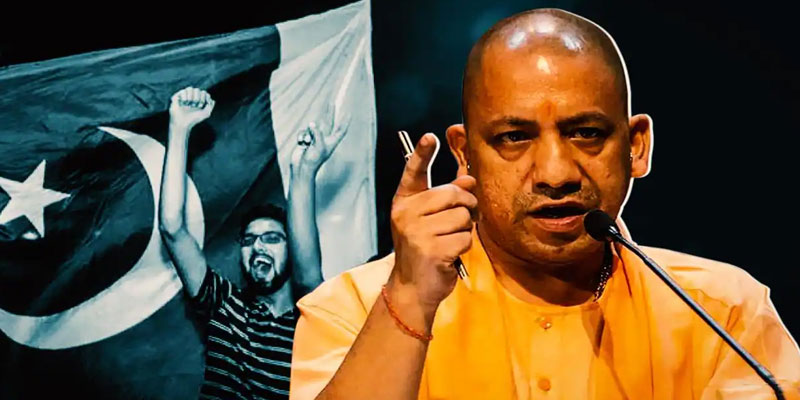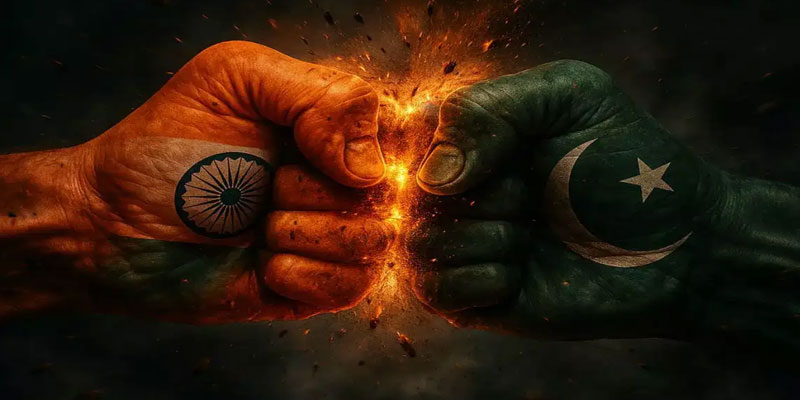The Ghosts of 26/11 Return
Seventeen years ago, the heart of Mumbai was ripped apart by one of the deadliest terror attacks in India’s history. On November 26, 2008, ten heavily armed terrorists, trained by the Pakistan-based Lashkar-e-Taiba (LeT), unleashed coordinated assaults on multiple locations including the Taj Mahal Palace Hotel, Chhatrapati Shivaji Maharaj Terminus, and Nariman House. The attacks lasted for four harrowing days, leaving 166 people dead and over 300 injured.
While India brought Ajmal Kasab, the lone surviving terrorist, to justice swiftly, the planners behind the massacre remained elusive, sheltered by layers of foreign jurisdictions and diplomatic complexity. But the long arm of justice has now reached one of the key conspirators—Tahawwur Hussain Rana, a Pakistani-origin Canadian national, who was extradited from the United States to India on April 10, 2025.
Tahawwur Rana Lands in India: High Security and Strategic Secrecy
Rana’s arrival in Delhi marked a watershed moment in India’s pursuit of justice. Extradited from Los Angeles after exhausting all legal appeals in the U.S., the 64-year-old was handed over to Indian authorities under a cloak of secrecy. A special flight, hidden behind a dummy code to avoid flight tracker detection, brought him to Indian soil—its movement reportedly monitored in real-time by the Prime Minister’s Office (PMO).
On arrival, he was immediately produced at the NIA Special Court at Patiala House, which remanded him to 18-day custody under the National Investigation Agency (NIA). He is currently held in a high-security cell within the NIA headquarters, monitored around the clock with multiple layers of surveillance.
The ‘Special 12’: India’s Elite Interrogation Team
Beginning April 11, Rana will face intense interrogation led by the NIA’s elite “Special 12” unit—comprising two Inspector Generals, a DIG, a Superintendent of Police, and senior officials including NIA Chief Sadanand Date. DIG Jaya Roy is reportedly heading the daily sessions. Each conversation will be recorded in a detailed interrogation diary, with progress reports sent to the Ministry of Home Affairs.
Medical evaluations, required every 48 hours, are in place given Rana’s reported ailments including chronic asthma, Parkinson’s, and suspected bladder cancer.
Lines of Questioning: Identity, 26/11 Role, ISI Links
- Establishing Identity and Background
Investigators are first focusing on Rana’s personal history—his time in Pakistan, military service, and subsequent migration to Canada in 1997. Questions will also revolve around his travel to India just days before the 2008 attacks, during which he visited multiple cities including Mumbai, allegedly under the guise of tourism with his wife, Samraz Akhtar.
Officials will probe whether his family was aware of his connections to David Coleman Headley, the Pakistani-American terrorist who conducted reconnaissance missions in Mumbai for the LeT.
- His Role in the 26/11 Attacks
Next, NIA will present Rana with damning evidence: communication records, emails, photos, and videos linking him to the conspiracy. Key among these are 231 calls exchanged with Headley during his visits to India between 2006 and 2008. Rana is suspected of helping Headley obtain an Indian visa and facilitating his lodging, which was used as cover for mapping attack sites.
He will also be questioned about his intercepted call in which he reportedly praised the Mumbai attackers, suggesting they deserved Pakistan’s highest military honours. The officials aim to extract admissions about his contacts with Sajid Mir, a top LeT handler believed to be coordinating operations during the attack.
- The ISI Connection
A critical layer of interrogation will focus on Rana’s alleged links with Pakistan’s Inter-Services Intelligence (ISI). NIA is keen to uncover whether the ISI funded or supervised aspects of the 26/11 plot and if such involvement had the approval or knowledge of the Pakistani government.
As former NIA Inspector General Loknath Behera pointed out, Rana may hold critical information not yet revealed. “Who were his handlers? Were they the same as Headley’s or different? This interrogation could uncover an entirely new dimension of the plot,” he said in an interview with NDTV.
Seeking Closure, Pursuing Justice
Tahawwur Rana’s extradition is more than a symbolic win—it’s a critical opportunity to unearth the full scope of the 26/11 conspiracy and uncover the machinery of cross-border terrorism. His testimony could expose unnamed facilitators, clarify the ISI’s role, and potentially strengthen India’s case in international diplomatic arenas.
For the families of victims and the nation at large, Rana’s interrogation is a step toward long-awaited closure. As India delves deeper into one of its darkest chapters, the world will watch closely. The hope is that his words behind closed doors will help illuminate the broader web of terror—and ensure that justice, even if delayed, is finally served.
(With inputs from agencies)





